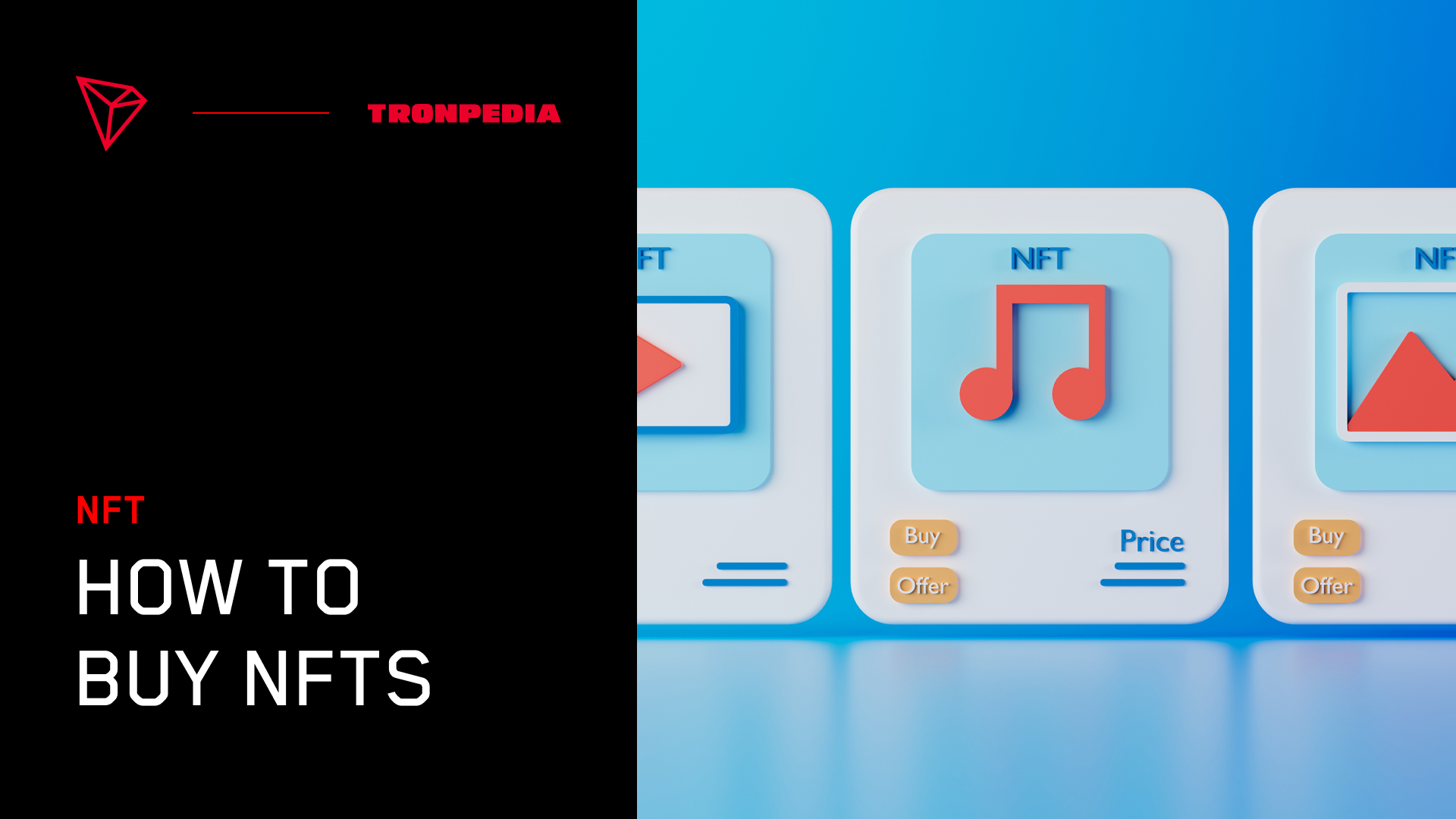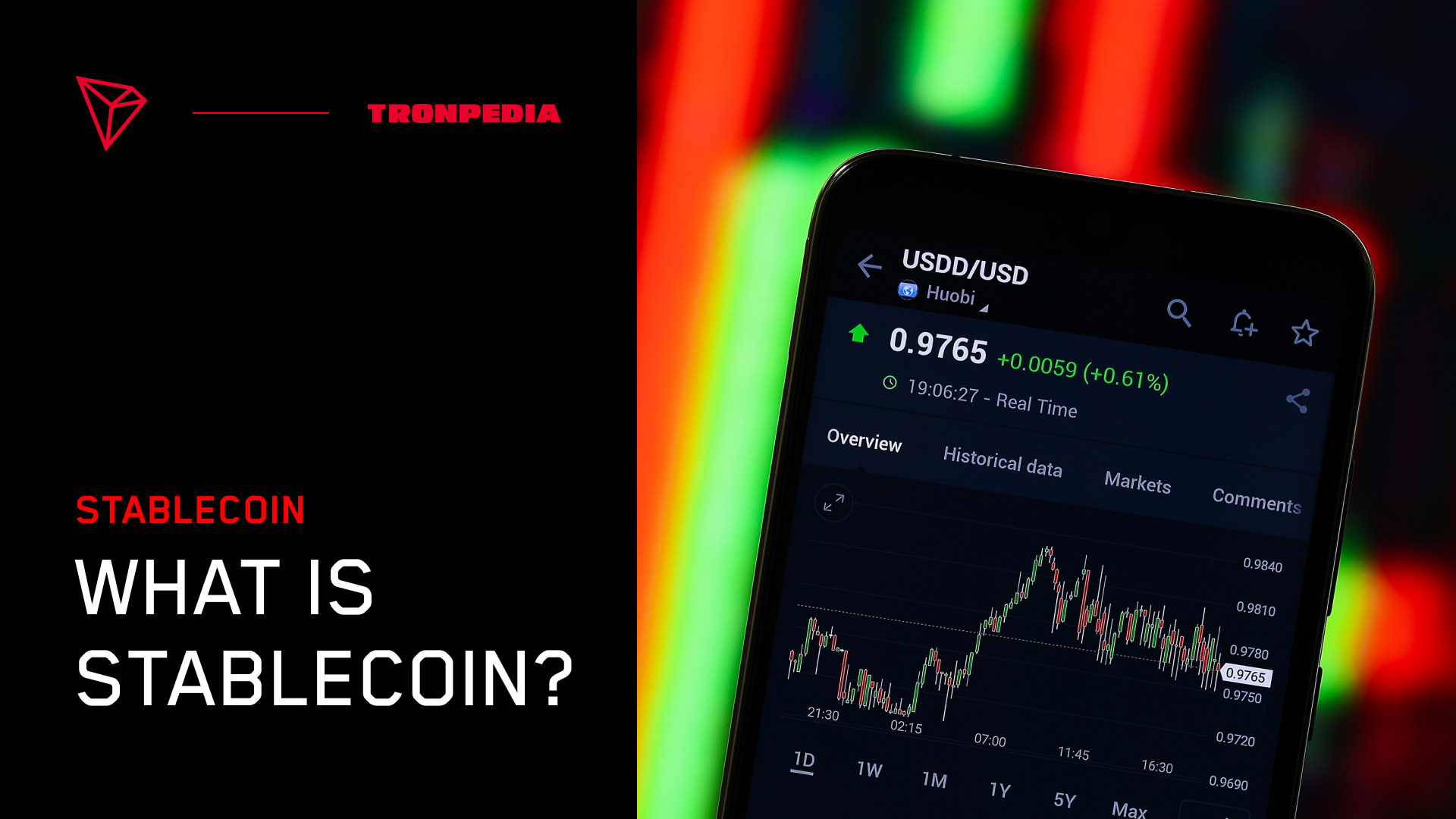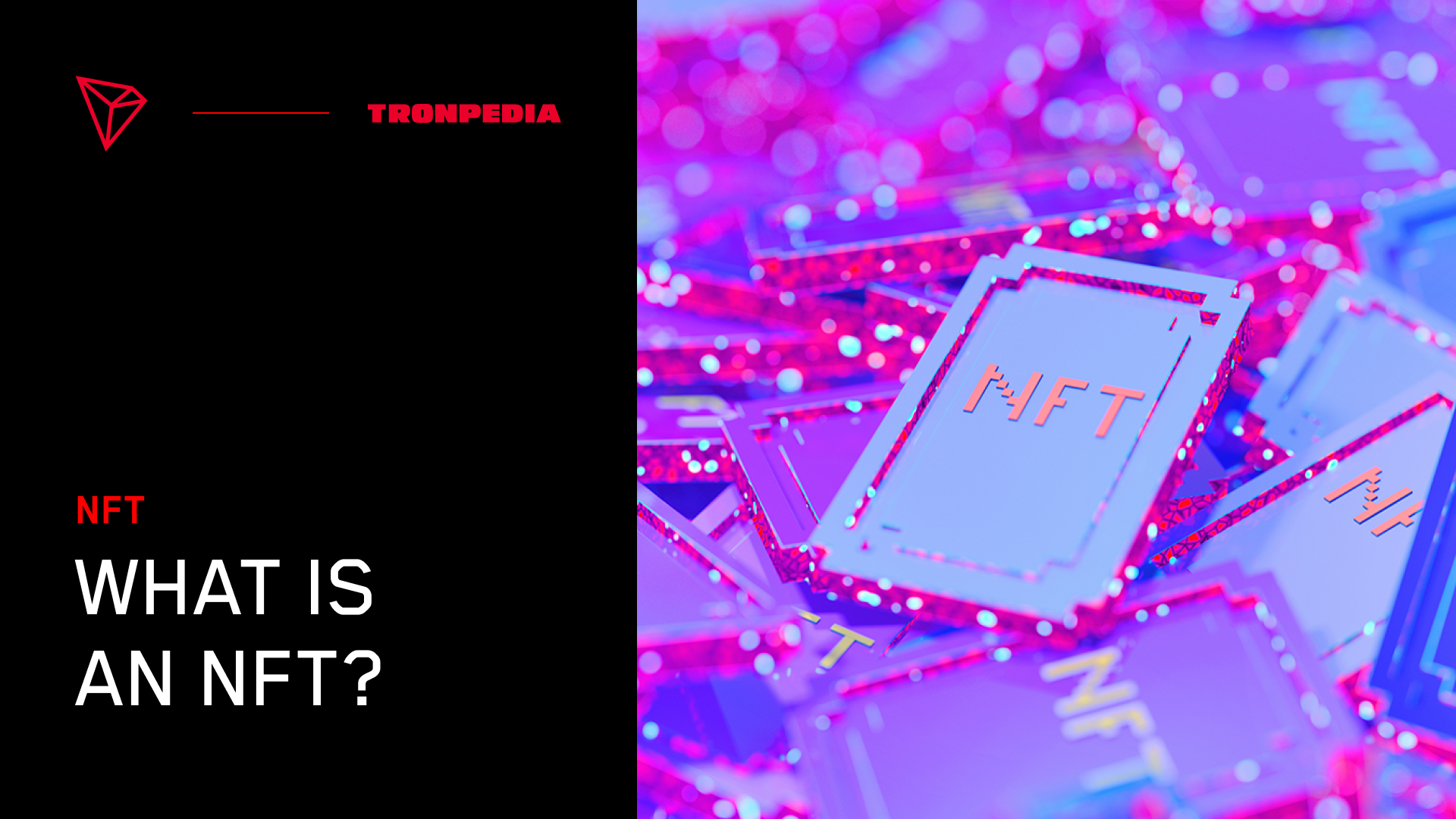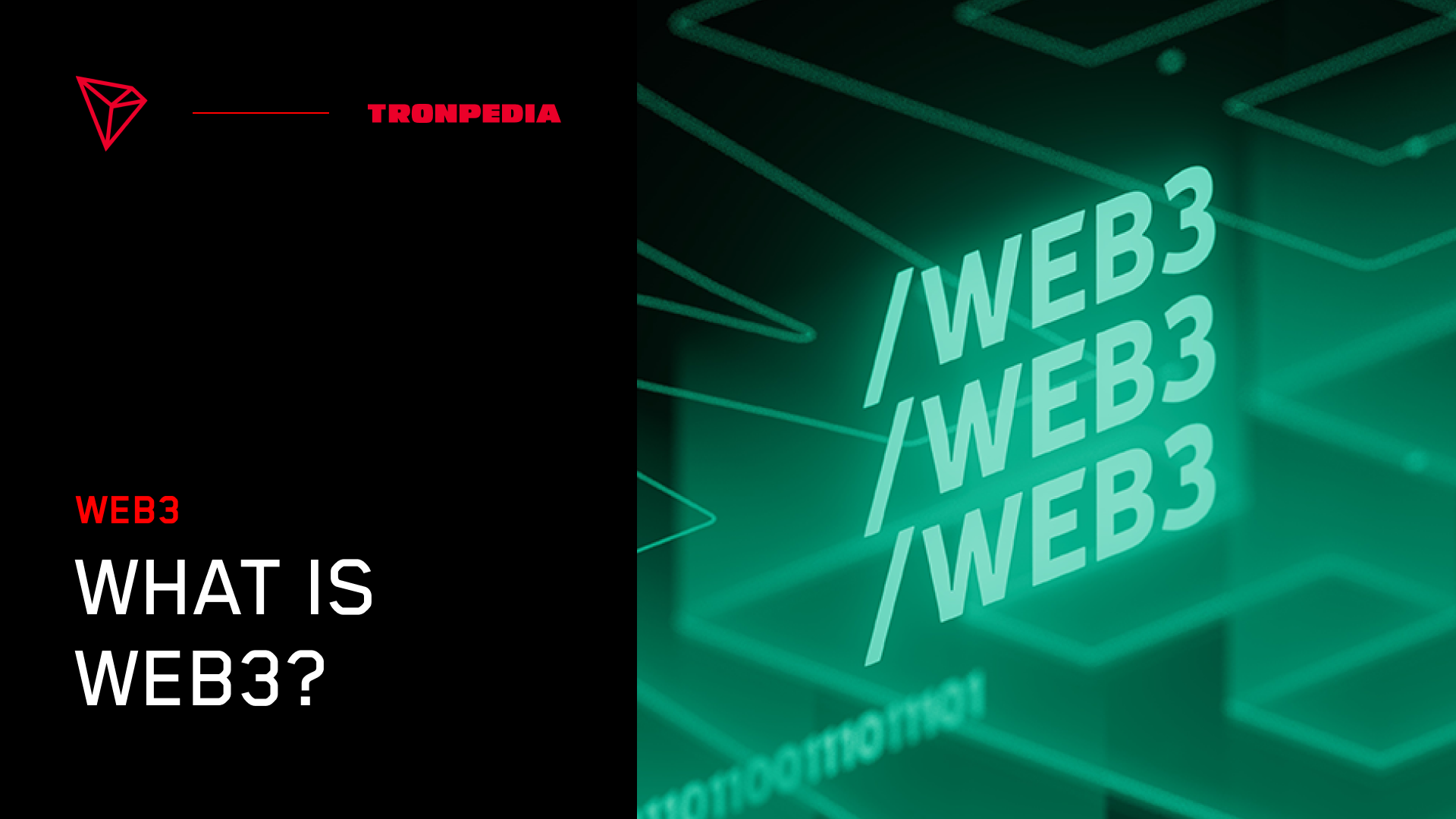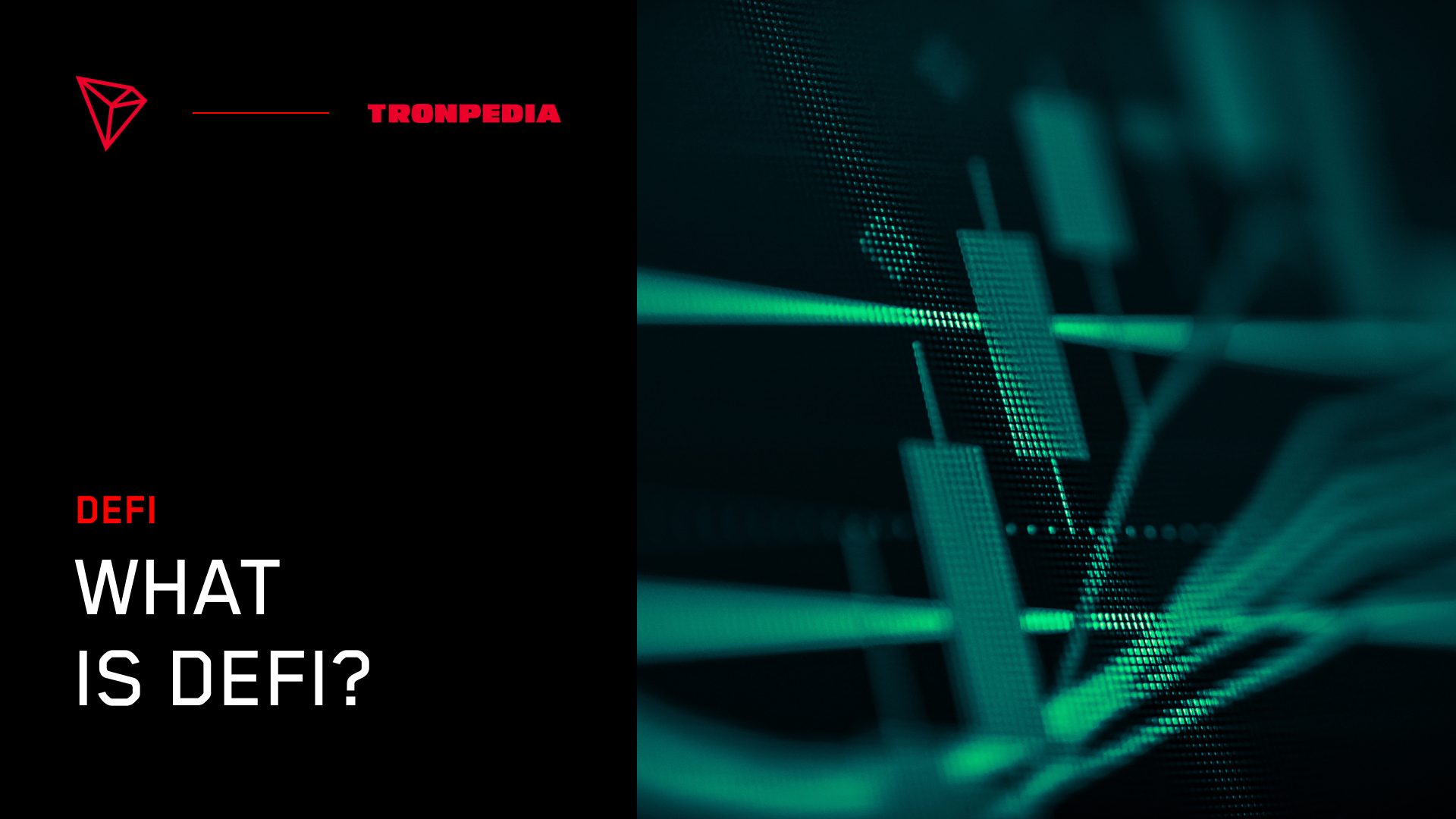How to Buy Non-Fungible Tokens (NFTs)
A blockchain-based token known as an NFT is used to represent asset ownership. Thus, the majority of NFTs demand payment in TRON or another cryptocurrency blockchain on which they were created.
Here is a step-by-step tutorial for buying NFT:
- Buy TRON via a cryptocurrency exchange
- Store your cryptocurrency in a wallet. One could think of it as a cryptocurrency checking account that allows cryptocurrency transfers. When a user registers an account with some exchanges, like Binance US, they can use built-in wallet functionality, but they also have the option of using specialized wallets like Tronlink
- The wallet should be linked to an NFT marketplace. Once connected, the user may begin perusing the NFT selection of the marketplace and making purchases
Where to Buy NFTs
Numerous NFT marketplaces exist where one can purchase NFTs. Specific assets are traded on some platforms. Examples include APENFT Marketplace. There is a market where a user can find anything they're looking for, whether it's artwork, collectibles, video game materials, or website domain names.
How NFTs Create Value
Each NFT is a distinct, one-of-a-kind digital entity, as the term "non-fungible token" indicates. They’re kept on public digital ledgers known as blockchains, making it easy to establish possession of a specific NFT at any time and track previous ownership. Additionally, NFTs are very difficult to forge and are simple to transmit from one person to another, exactly like a bank could transfer money between accounts. Users may utilize NFTs to establish marketplaces for a number of different items since NFT ownership is straightforward to certify and transfer.
NFTs can serve as digital keys to online areas where holders can interact with one another as well as membership cards or tickets that grant access to events, exclusive discounts, and exclusive goods. Furthermore, as the blockchain is open to the public, it’s also possible to transfer extra goods straight to any token owner. All of this adds value to NFT holders beyond basic ownership and gives users a tool to create a vibrant online community around their businesses.
The Crypto Wallet's Role in Buying NFTs
An individual can use crypto wallets for more than simply NFT purchases. Once a user has decided, they'll also need a location to keep their NFT. Simple solutions include Tronlink and Binance Wallet, while other cryptocurrency exchanges include wallet functionality with a trading account.
To secure crypto and NFTs offline and outside of an account that is directly linked to an exchange, there are additional wallet solutions (known as cold storage). Trezor and Ledger, for instance, provide genuine hardware wallets that can hold cryptocurrency holdings. The wallets can offer an additional degree of protection for storing NFTs by using a private security key.
Opening an Exchange Account and Crypto Wallet
Opening an Exchange Account
To acquire cryptocurrency for the first time, there are a few alternative options. The simplest, most user-friendly approach to joining the crypto ecosystem is to use a digital currency exchange, whether your goal is to purchase TRX, Bitcoin, Ethereum, or another cryptocurrency.
Although no two cryptocurrency exchanges are set up precisely the same, every crypto trading site has a broad registration process that tends to be rather similar. Generally, the registration procedure goes like this:
A user will first need to enter a minimal amount of personal information, such as their name and email address. The user will then get an email from the exchange verifying their ownership of the linked address. It will be necessary to provide a payment method that may be utilized to make deposits and withdrawals.
The three procedures listed above will be sufficient for some users to complete the task. A user may need to go through a longer "Know your Client" (KYC) procedure, which is just identification verification, depending on the trade and amount of interaction.
The user will need to authenticate additional personal details if they want to engage in larger exchanges. Individuals have access to several trading levels depending on how much data the exchange has gathered on the customer. An address, phone number, a piece of government-issued identification, or even a picture of you holding that piece of identification might be used as further proof.
Opening a Crypto Wallet
To prevent a possible loss of assets, it's crucial to learn how to select a crypto wallet and how that wallet operates on a technical level. The first time a user employs a crypto wallet, they must go through these five essential steps:
- Choose the type of wallet to use (Hardware, desktop, or mobile)
- Purchase or download the wallet
- Install the application
- Configure the account's security features
- Make a cryptocurrency deposit
What are NFTs Used For
NFTs can be used for credentials, real estate, licensure, contracts, legal notifications, education, long-term unlockable investments, music and video, proof of watch for film and streaming, digital ids, rewards programs, city maintenance and civic authority tasks, and more. Basically, anything that involves authentication, community, ownership, and if-then propositions could be automated for greater efficiency.
How to Choose the Right NFT
There is no cookie cutter or magic formula guarantee for choosing the “right” NFT. First and foremost, choosing an NFT, as they say about beauty, is in the eye of the beholder. What community one desires to be a part of or what cause one appreciates determines the right choice. Secondly, however, some people do look to obtain NFTs simply to flip them or sell them for profit. In this case, choosing the right NFT can be more about the creator or company behind the NFT, the reputation of the team developing the purpose of the NFT, the future roadmap for the utility of the NFT, and the ultimate cause connected to the NFT.
Next, choosing the right NFT is most commonly about utility. What will the NFT allow someone to do? What community will it signify that they are a part of? What events and causes will it give them access to participate in? Finally, most people choose an NFT if they believe it has value and will bring further value to them. This is not always in the form of financial value. Regardless, of whatever value the holder desires, they ultimately chose the NFT, because it added value in their eyes.
How are NFTs Created?
Fundamentally, via smart contracts. But most NFTs are created in one of three ways:
- The NFT creator, whether an artist or brand, or company, develops a minting site. The user then goes to the site from an “official links” list, so as not to be scammed. There the users connect their digital wallets so that they can “mint” the NFT. Normally, the user pays with crypto. However, some blockchains allow minting with a credit card and thus hold the minted NFT in a “custodial wallet” for the user who paid without a digital wallet
- The NFT creator simply mints a one-of-one or a collection of NFTs to a known NFT marketplace. APENFT on TRON, for example, is most popular along with OpenSea for the Ethereum and Polygon Networks, Objkt for Tezos, and Entrepot for Internet Computer Protocol. Solana, Cardano, the XRP Ledger, and other blockchains also offer marketplaces, which are all gaining popularity. Users then go to a known marketplace and purchase NFTs
- Users can also generate NFTs, typically through participation and attendance or for a creator or brand’s rewards program. In the future, this will become the most common way to generate NFTs, and industries such as education, healthcare, real estate, identification, and more will leverage the automated tech of NFTs to make their credentialing and validation processes much more efficient and verifiable
How to Move NFTs Across Blockchains
To transfer digital assets to another blockchain, a user is currently only able to use blockchain bridges. A blockchain bridge, often known as a bridge, is software that enables users to move tokens or cryptocurrencies across blockchains. These third-party programs keep an eye on both the network a user is presently on and the network they want to join too.
For instance, by encapsulating tokens, the bi-directional bridge Wormhole enables communication between the Solana and Ethereum blockchains. Tokens that have been tokenized to work on several blockchains are referred to as wrapped tokens.
Consider the scenario where a user wishes to convert your Solana NFT to Ethereum to sell it on a certain exchange that only supports Ethereum NFTs. The NFT will be placed (locked) on the Solana blockchain using this program.
NFTs are mostly utilized in digital art and media today, but their applications go well beyond ensuring ownership of collectibles. An increasing number of businesses are using blockchain and NFT technology to increase their use in commercial operations. The user should remember to include NFTs and tokens in their diverse portfolio if they decide to acquire them.
